- No products in the cart.
Espa-bustin tab p / 20 mg of the film 10 pc
$7.66
Espa-bustin tab p / 20 mg of the film 10 pc
Description
Composition
Active substance:
Ebastine – 10.00 mg / 20.00 mg ;.
Excipients:
Microcrystalline Cellulose – 85.00 mg / 171.00 mg Sodium carboxymethylstarch (type A) – 3.00 mg / 6.00 mg silica colloidal anhydrous – 1.00 mg / 2.00 mg of magnesium stearate – 0 50 mg / 1.00 mg;
Film coating Opadray White Y-1-7000 consisting of: hypromellose-5sR – 4.69 mg / 9.38 mg Titanium dioxide – 2.34 mg / 4.68 mg Macrogol 400 – 0.47 mg / 0, 94 mg.
Description:
Round (slightly) biconcave tablets, film-coated, white to almost white color with the mark on one side.
Product form:
Tablets, film-coated, 10 mg, 20 mg. 10 tablets, film-coated, into a blister of Al-PVC / PVDC. 1 in the blister cardboard pack with instructions for use.
Contraindications
– increased sensitivity to the active agent or other components of the formulation; – severe hepatic dysfunction (Class C classification Child-Pugh); – pregnancy; – lactation; – Children’s age (12 years).
Carefully
Lengthening QT interval on an electrocardiogram, hypokalemia, renal and / or mild to moderate hepatic failure (class A, B according to the classification Child-Pugh).
Precautions should be used when medication concomitantly with ketoconazole or itraconazole and erythromycin – may increase the risk of lengthening QT interval on the electrocardiogram.
Dosage
20 mg
Indications
– allergic rhinitis of various etiologies (seasonal and / or round); – urticaria of various etiologies, including chronic idiopathic.
Interaction with other drugs
Do not appoint simultaneously with ketoconazole or itraconazole, and erythromycin (an increase of QT interval prolongation risk).
No clinically significant interaction with theophylline, indirect anticoagulants, cimetidine, diazepam, ethanol and ethanol-containing drugs.
Rifampicin ebastine reduces the concentration of blood plasma and has an inhibitory effect on the anti-histamine effect ebastine.
Can enhance the effect of other antihistamines.
Overdose
When receiving up to 100 mg per day ebastine clinically significant symptoms of overdose are observed.
A specific antidote is not revealed.
Treatment: gastric lavage, monitoring of vital body functions, including ECG monitoring, symptomatic therapy.
pharmachologic effect
Pharmacological group:
Antiallergic agent – N1- histamine receptor blocker.
Pharmacodynamics:
H1-histamine receptor blocker of long-acting. After a single oral antihistamine action starts after 1 h and maintained for 48 hours. Chronic administration of a high level of blockade of peripheral H1-histamine receptor without development of tachyphylaxis. After a 5-day course of treatment antihistaminic activity is maintained for 72 hours due to the action of the active metabolite.
The drug has no pronounced sedation and anticholinergic does not penetrate through the barrier gematentsefalicheosky. There was no effect of the drug on the QT interval on ECG at a dose of 100 mg – dose exceeding the recommended daily dose (20 mg) in 5 times.
Pharmacokinetics:
After oral drug is rapidly absorbed and almost completely metabolized in the liver, becoming active metabolite karebastin. After a single dose of 20 mg drug karebastina maximum concentration in plasma is achieved after 1-3 hours and is 157 ng / ml.
With daily administration of the drug of 10 mg to 40 mg of the equilibrium concentration reached after 3-5 days, it is not dependent on the dose administered and is 130-160 ng / ml.
Binding to plasma proteins and blood ebastine karebastina is greater than 95%.
Karebastina half-life ranges from 15 to 19 hours, 66% of the drug is excreted as conjugates via the kidneys.
Food intake has no effect on the clinical effects of the drug.
In elderly patients the pharmacokinetic parameters did not change significantly. In renal failure half-life period is increased to 23-26 hours, while liver failure – up to 27 hours, however, the drug concentration is less than therapeutic values.
Pregnancy and breast-feeding
Safety of the drug in pregnant women has not been studied, therefore, to take the drug Espa-Bastin® during pregnancy is contraindicated. It is not recommended to take the drug while breastfeeding.
side effects
According to the World Health Organization (WHO), undesirable effects are classified according to their rate of development as follows: very common (> 1/10), common (> 1/100, 1/1000, 1/10000,
Disorders of the gastrointestinal tract: often: dryness of the oral mucosa; rare: nausea, abdominal pain, dyspepsia; very rare: vomiting.
Disorders of the nervous system: common: somnolence, headache; very rare: nervousness, insomnia, dizziness, paresthesia, dysesthesia.
Disorders of the liver and biliary tract: very rarely: hepatitis, cholestasis, changes in laboratory parameters (elevated liver transaminases, GGT, alkaline phosphatase, bilirubin).
Disorders of immune system: the frequency is unknown: hypersensitivity reactions (e.g., anaphylaxis, angioneurotic edema).
Violations of the cardiovascular system: very rare: tachycardia, palpitations.
Violations of the skin and subcutaneous tissue disorders: very rare: urticaria, rash, dermatitis.
Violations of the reproductive system: very rare: menstrual disorder.
General and local reactions: very rare: edema, asthenia syndrome.
special instructions
Ebastine may distort the results of skin allergy tests. Therefore it is recommended to carry out such tests no earlier than 5-7 days after discontinuation of the drug.
During therapy should be taken when the presence of the elongated QT interval on the electrocardiogram, hypokalemia, and while receiving azole antifungal agents and antibiotic macrolide (cm. ‘Interaction with other drugs “section).
Caution must be exercised when receiving the drug by patients with severe liver failure (see. The section “Method of administration and dose”).
Effect on the ability to drive mechanisms and
In therapeutic doses does not affect the ability to drive vehicles and mechanisms.
In case of any side effects on the central nervous system, such as drowsiness, use caution when driving and busy with other potentially hazardous activities that require high concentration and psychomotor speed reactions.
Dosing and Administration
Inside, regardless of the meal.
Adults and children over 12 years is recommended to start treatment with a dose of 10 mg 1 time a day, using the drug Espa-Bastin®, tablets, film-coated, 10 mg. With the lack of efficiency it is recommended to use a double dose, ie drug-Bastin® Espa, tablets, film-coated, 20 mg of 1 tablet (20 mg) once a day.
The course of treatment will be determined by the disappearance of symptoms. Elderly patients: no dose adjustment is required.
Patients with renal impairment: dose adjustment is required. Patients with mild to moderate hepatic impairment (class A, B according to the classification Child-Pugh): dose adjustment is required.
In severe hepatic dysfunction (class C Child-Pugh classification) daily dose should not exceed 10 mg, it is recommended to use the drug-Bastin® Espa, tablets, film-coated, 10 mg.
Information
Appearance may differ from that depicted in the picture. There are contraindications. You need to read the manual or consult with a specialist
Additional information
| Weight | 0.100 kg |
|---|---|
| Manufacturer | Esparma |

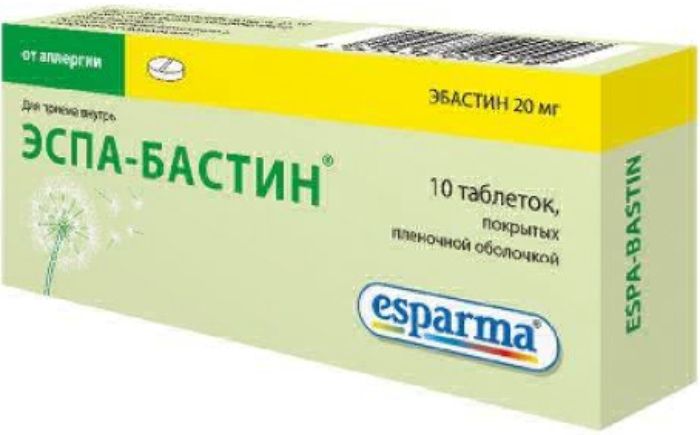
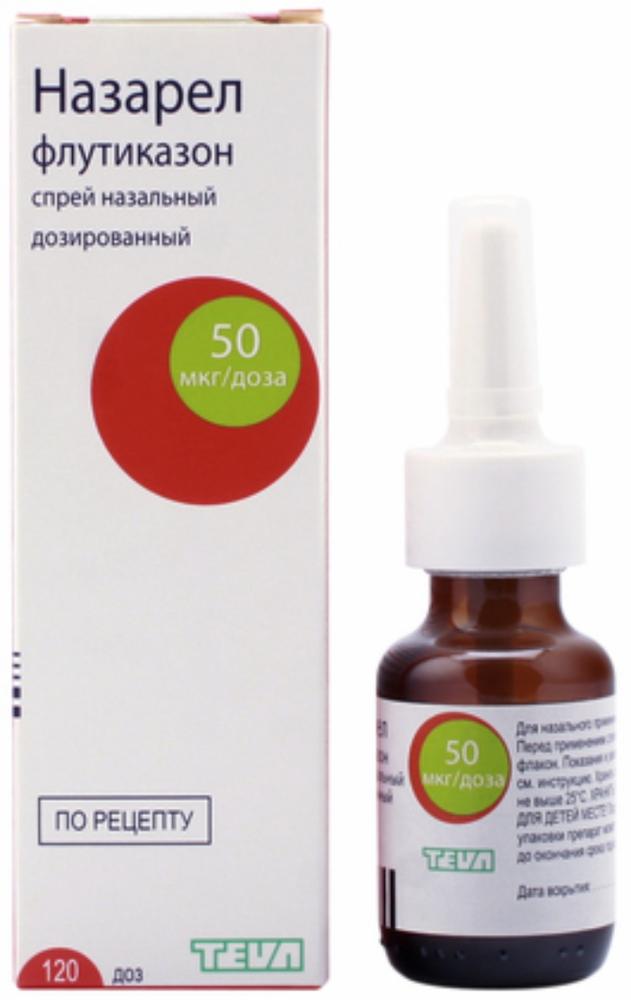
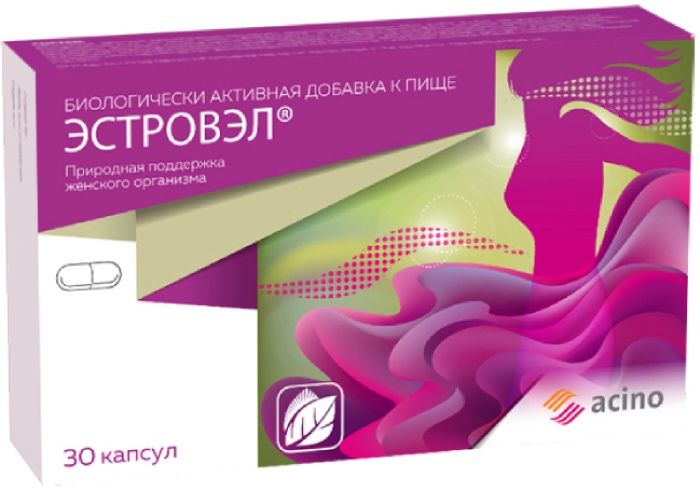
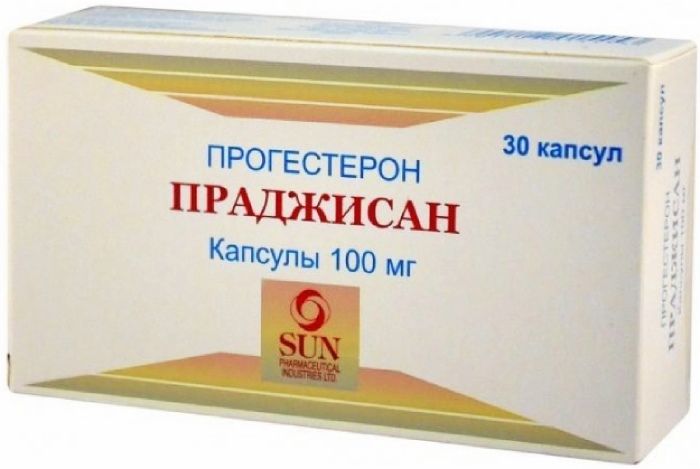
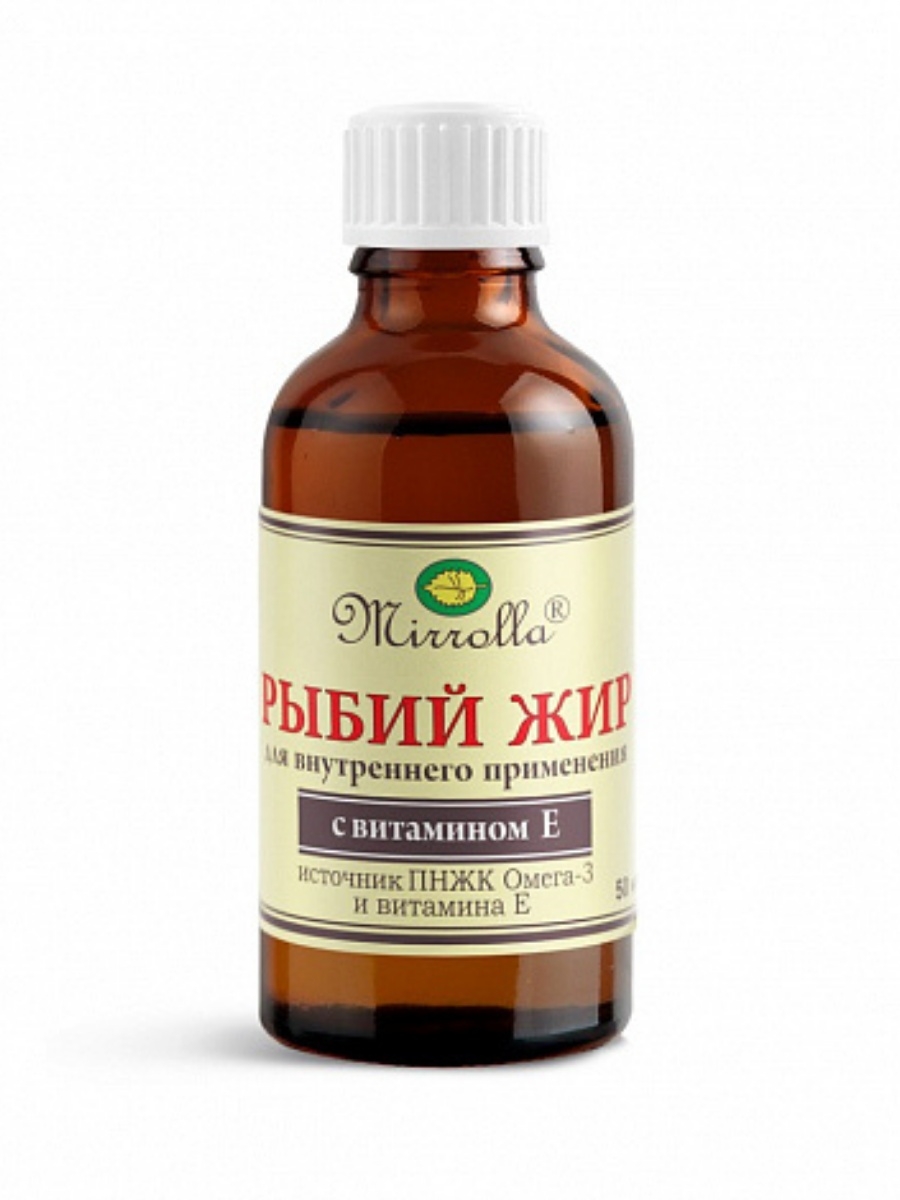
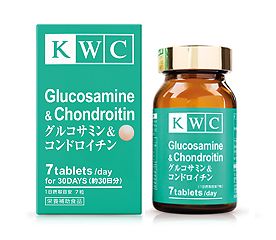
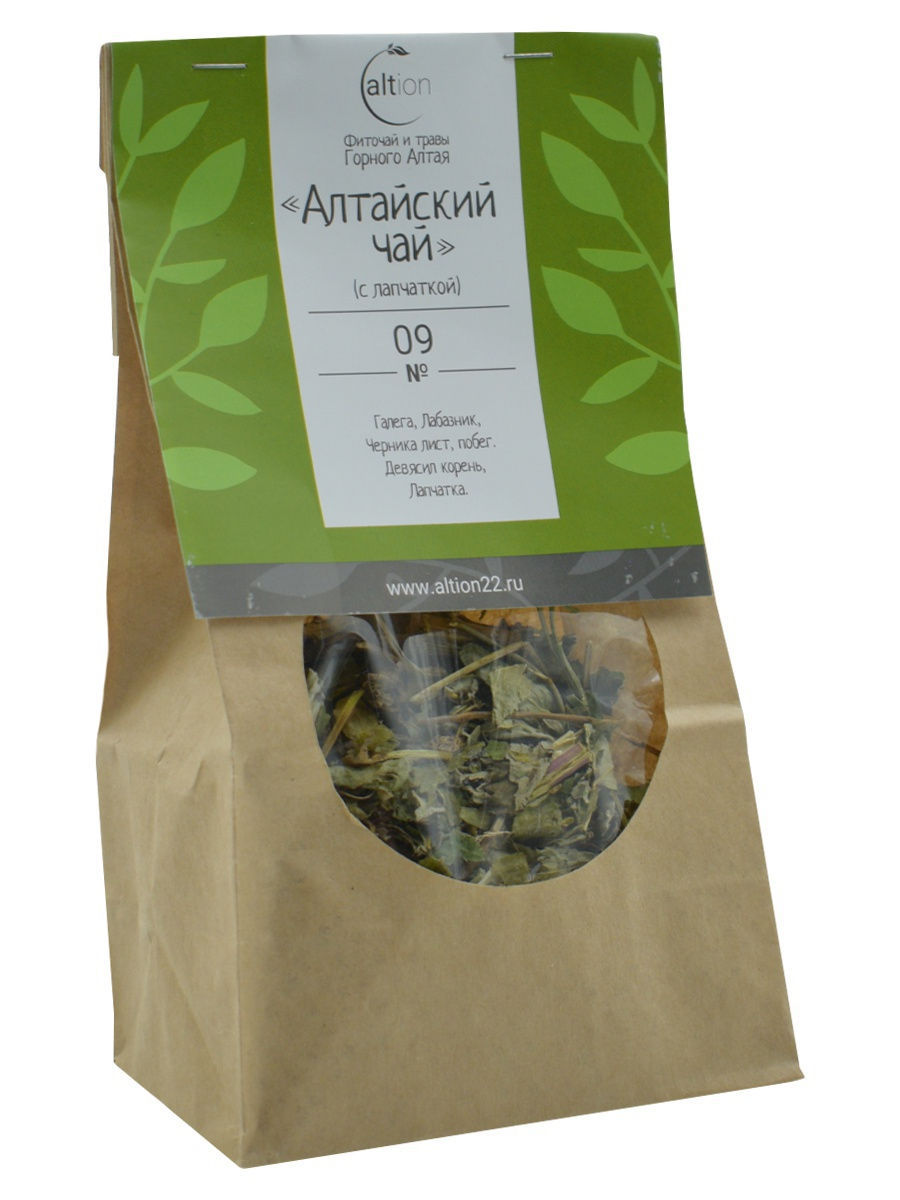
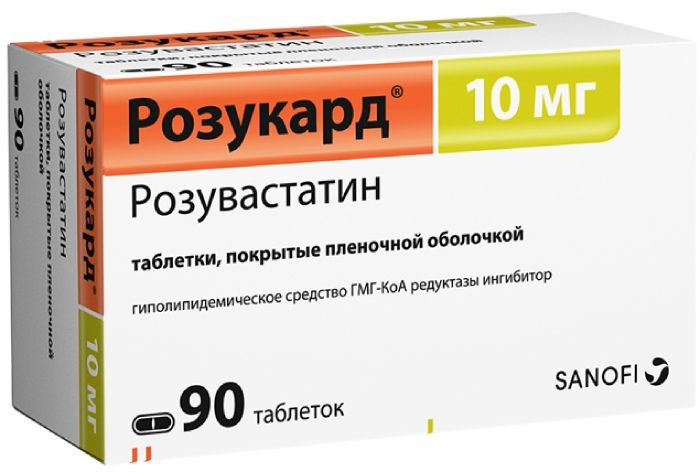
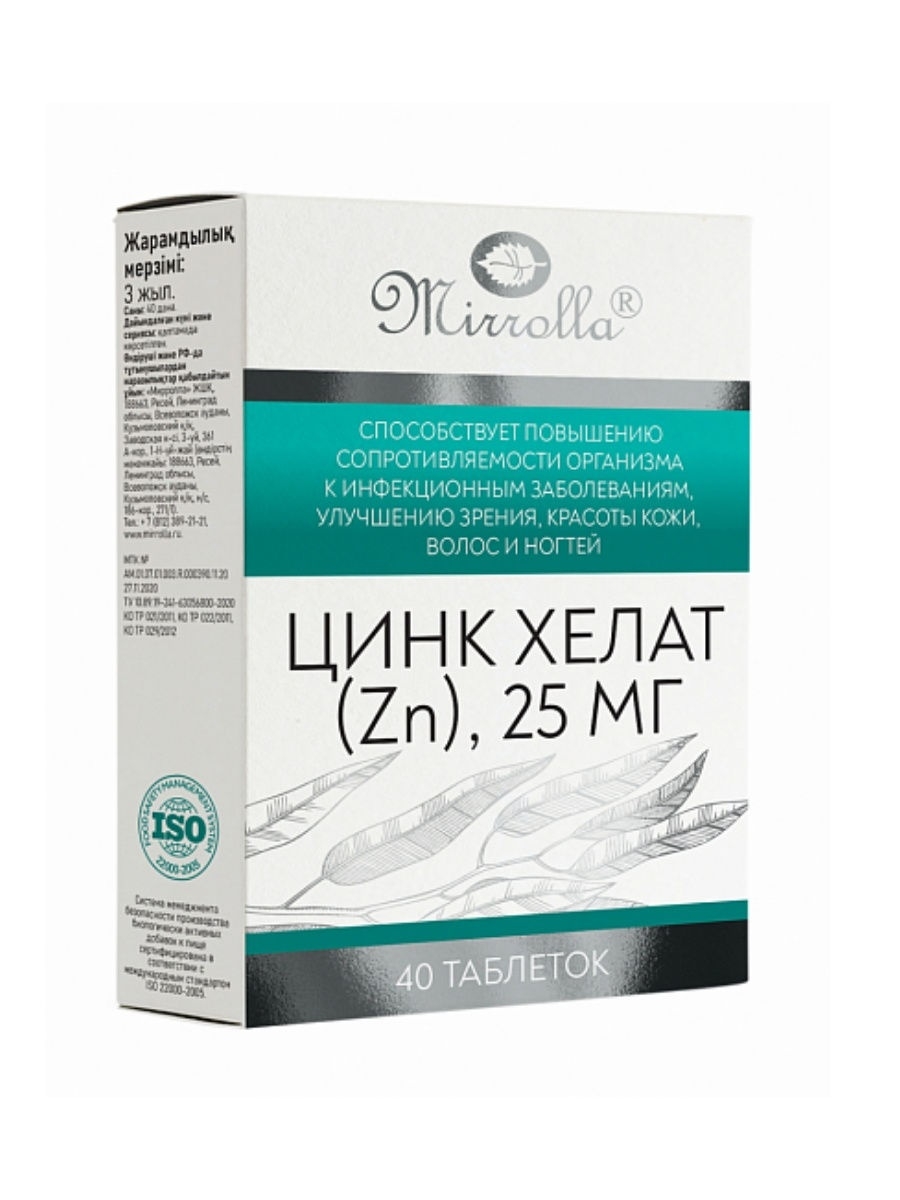




There are no reviews yet.